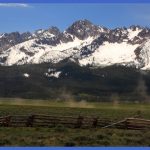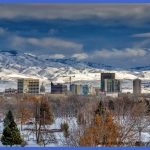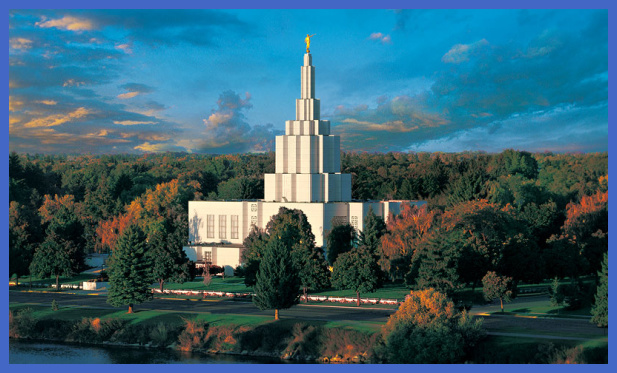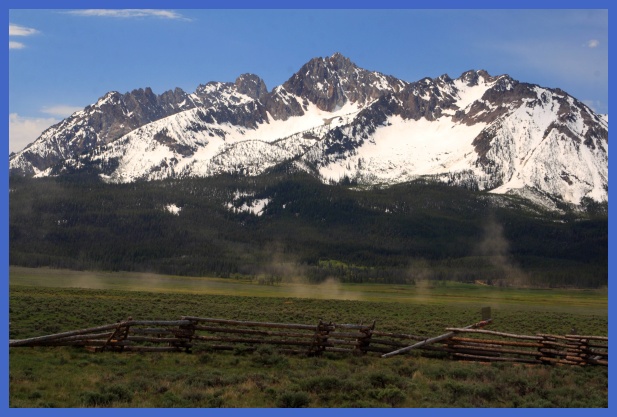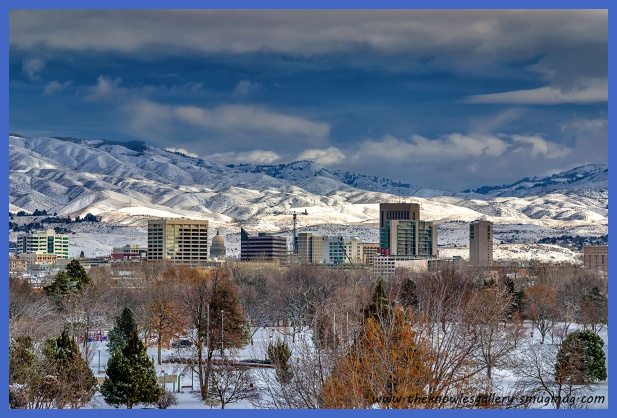Mexican and other Spanish-speaking fur trappers work future southeastern Idaho.
Discovery of gold attracts Mexican miners, muleteers, ranchers, and cowboys to the area.
The census counts 60 Latin Americans (mostly Mexican) in what is Idaho today.
Idaho statehood is established.
Railroads and the Mexican Revolution bring more Mexicans to Idaho. Idaho National Guard sent to Mexican border.
Mexican government complains about treatment of Mexicans in beet fields.
Labor recruiters turn to Mexican migrants to meet needs of Idaho’s expanding economy.
Mexican Consulate in Salt Lake City investigates abuses of Mexican workers in eastern Idaho.
In Teton pea fields 1,500 workers mostly Mexican strike. Governor declares martial law.
The Bracero program brings 15,600 Mexican workers to Idaho. Contract violations lead to strikes, and discrimination leads to termination of jobs.
Governor creates Migratory Labor Committee to report on conditions in migrant camps. Increasing number of migrants settle permanently.
Idaho Citizens Committee for Civil Rights successfully wins passage of antidiscrimination law.
Idaho Farm Workers’ Services incorporates, bringing Head Start programs to migrant camps.
John Pino (Pocatello) elected Idaho’s first Latino legislator.
Idaho Human Rights Commission formed with Mexican representation. Idaho Migrant Council formed to promote rights of Idaho’s Mexican Americans in health, education, and housing.
Idaho Legislature creates Commission on Hispanic Affairs.
Jesse Berain becomes Idaho’s second Latino legislator. Farm workers included in state’s workers’ compensation program. Hispanic Business Association formed. Workers Compensation extended to Idaho’s farm workers.
New Hispanic Cultural Center built in Nampa. New minimum wage law extends federal minimum wage to farm workers. Farm Labor Contractor Registration and Bonding Act forces contractors to register and post bonds with state.
Idaho Photo Gallery
Maybe You Like Them Too
- Explore Doncaster, United Kingdom with this detailed map
- Explore Arroyito, Argentina with this Detailed Map
- Explore Belin, Romania with this detailed map
- Explore Almudévar, Spain with this detailed map
- Explore Aguarón, Spain with this detailed map


